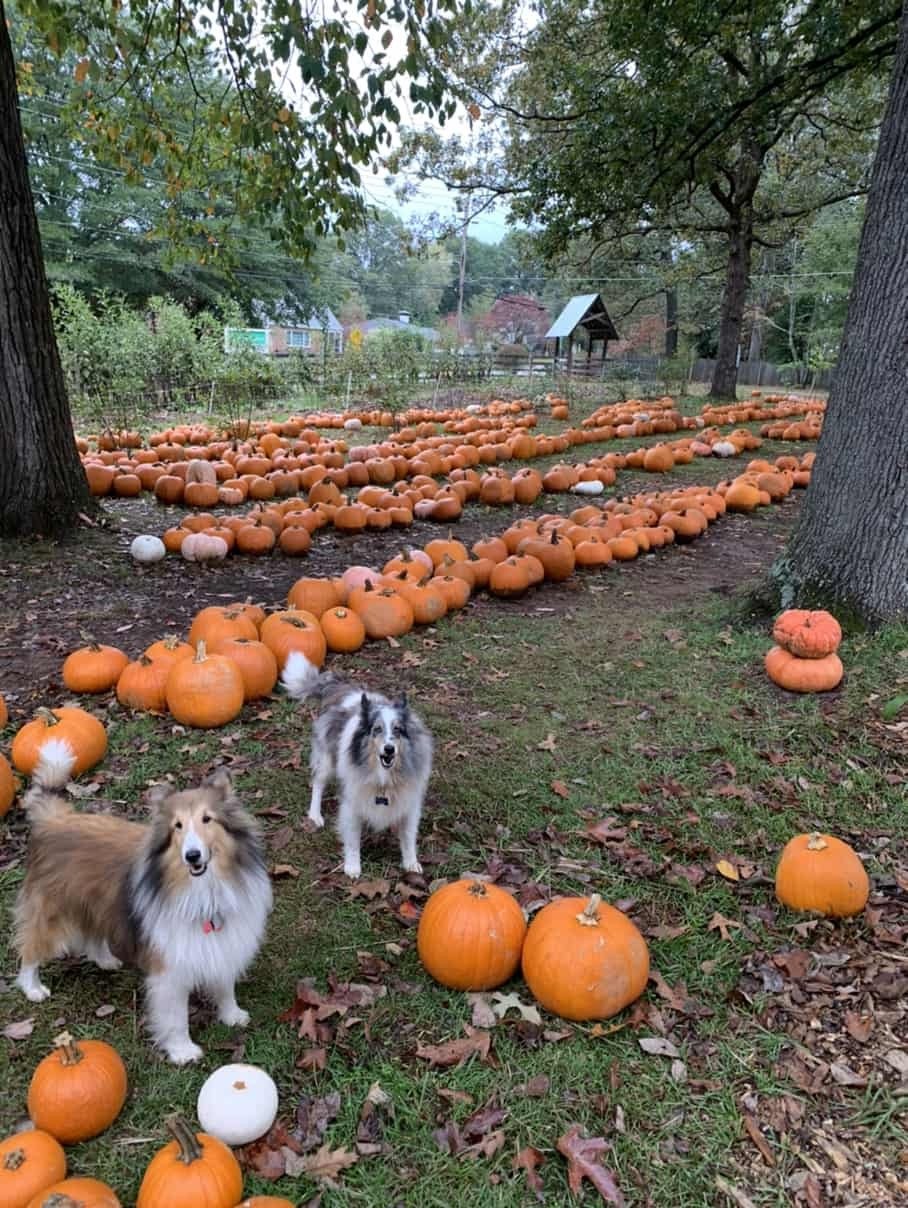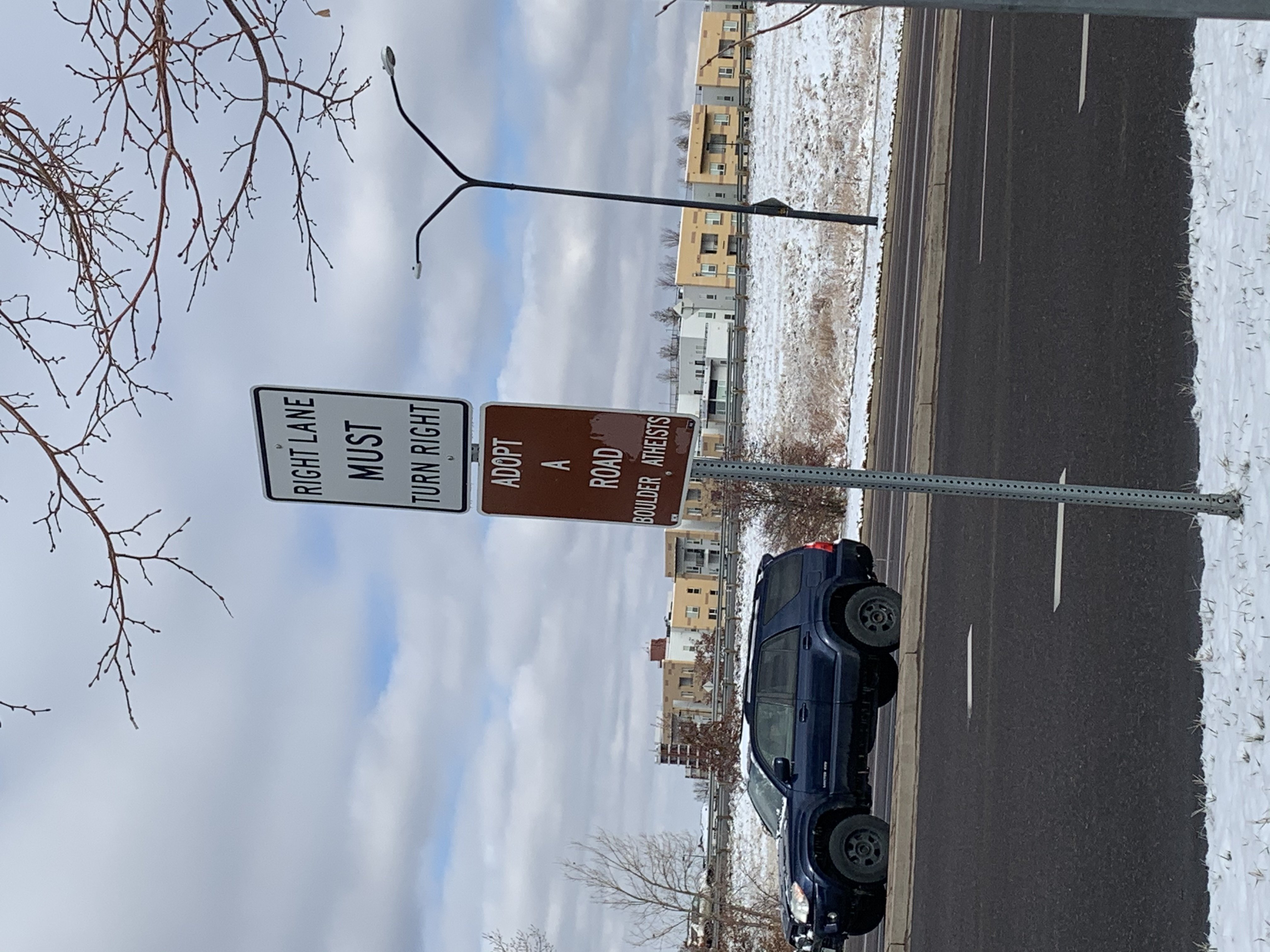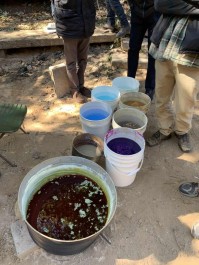I spent this past weekend learning from Jairo Restrepo, who jumpstarted the organic agriculture movement in Cuba during the US embargo.
I've spent a lot of time over the past few years trying to understand how to grow food without inputs. Brandy Hall opened my eyes to how we've disrupted the nutrient cycles that existed in nature by disrupting the environment that allows nutrient cycling and the species that used to transport nutrients. Elaine Ingham taught me that the nutrients in a teaspoon of dirt could feed an acre of corn if they were only bioavailable to the plants, and that the soil food web is what makes those nutrients bioavailable. John Kempf introduced the idea of feeding the plant to jumpstart the soil food web. And this weekend, Jairo Restrepo showed me how to create my own brews and biofertilizers to feed the plants. Every theory I've immersed myself in has so much time and research behind it, and yet I've been unhappy with the results as I've tried to implement them individually on the farm. I always assume the fault is with me; I didn't make the compost pile correctly, I didn't observe the plant's needs soon enough or understand the problem if I did observe it.
Right now, I'm riding that exhilarating wave that comes from catching a glimpse of how these competing theories might fit together to explain what I'm seeing, while still knowing that my understanding is so limited as to be laughable. On a scale between describing the ocean as blue and enumerating the various species and physical strata, I'm probably somewhere on the level of an elementary student writing a report on the currents and the sargasso sea.
But I think I'm understanding enough to begin developing a combination of Elaine's biological compost with John's foliar feeding methods, with recipes provided by Jairo, to try to jump start a soil food web. And with that web in place, the plants can work with the microbes and fungi to get exactly what they need to grow strong and resist pests and diseases. And I can begin to wrestle with the question of how we fix the natural nutrient cycles. Because even if an acre of corn removes a teaspoon's worth of nutrients from the soil over a season, that's still inherently extractive. It's way less extractive than traditional agriculture, or even conventional organic agriculture. But at some point, we'll have to cycle those nutrients back onto the land that grows our food. And I'd rather wrestle with that question than wrestle with invoices and balance sheets!




